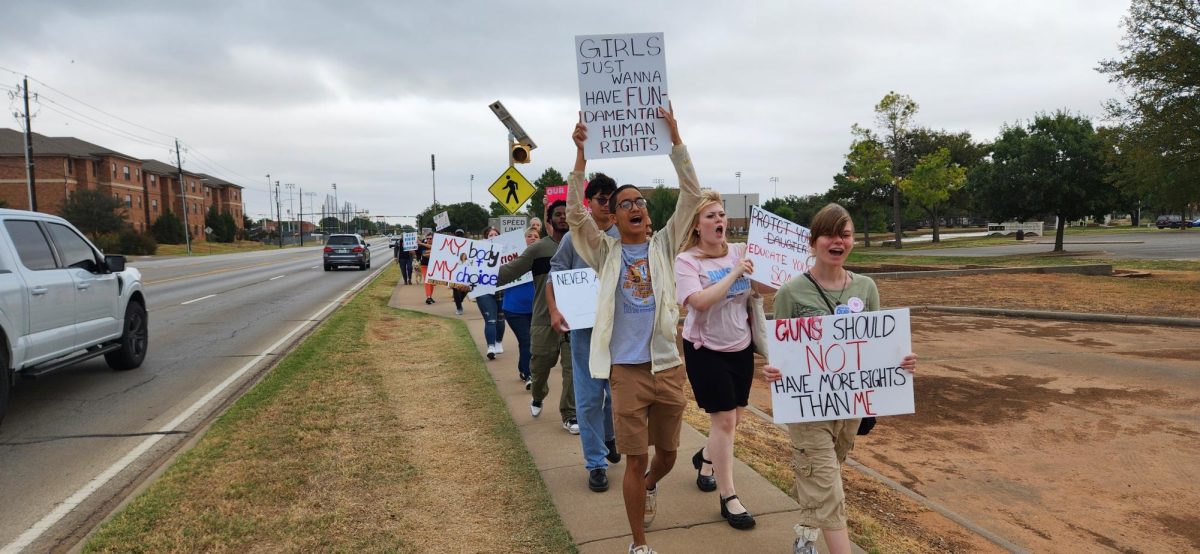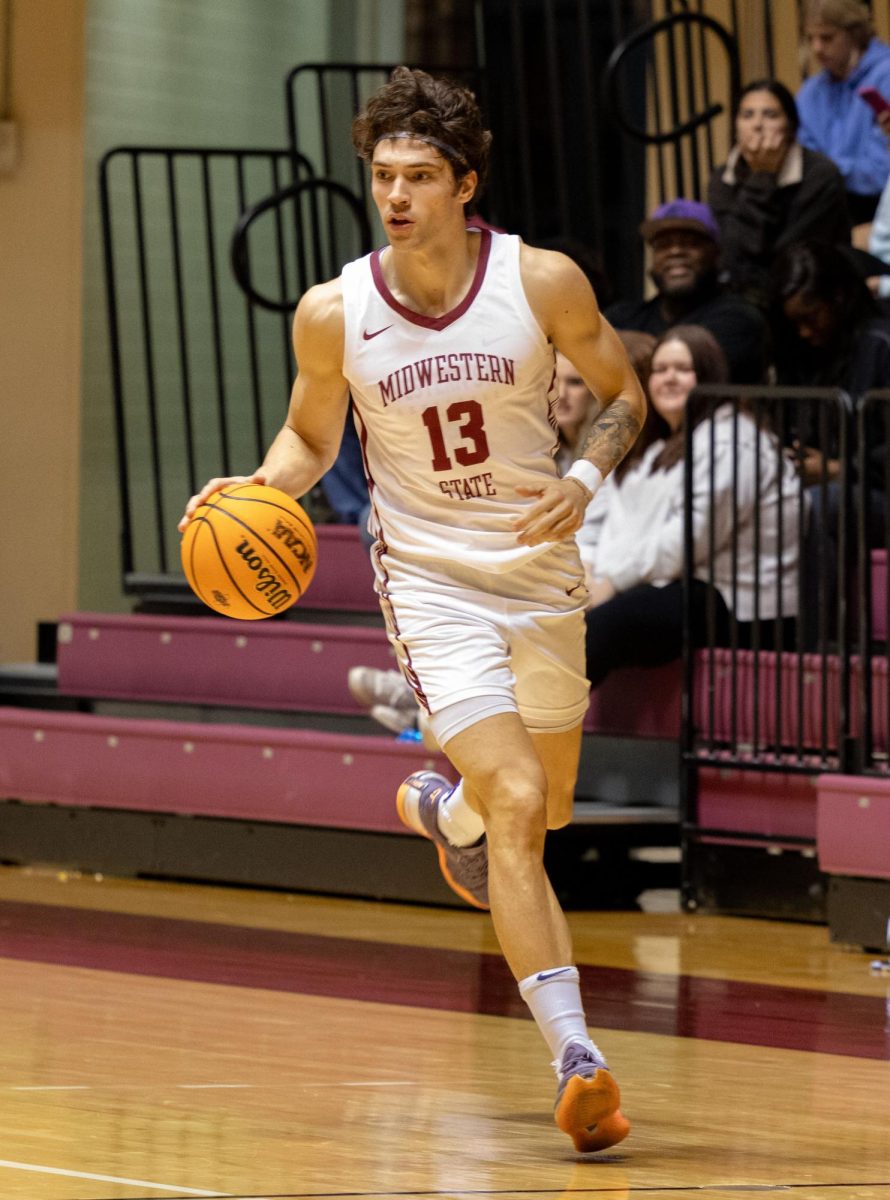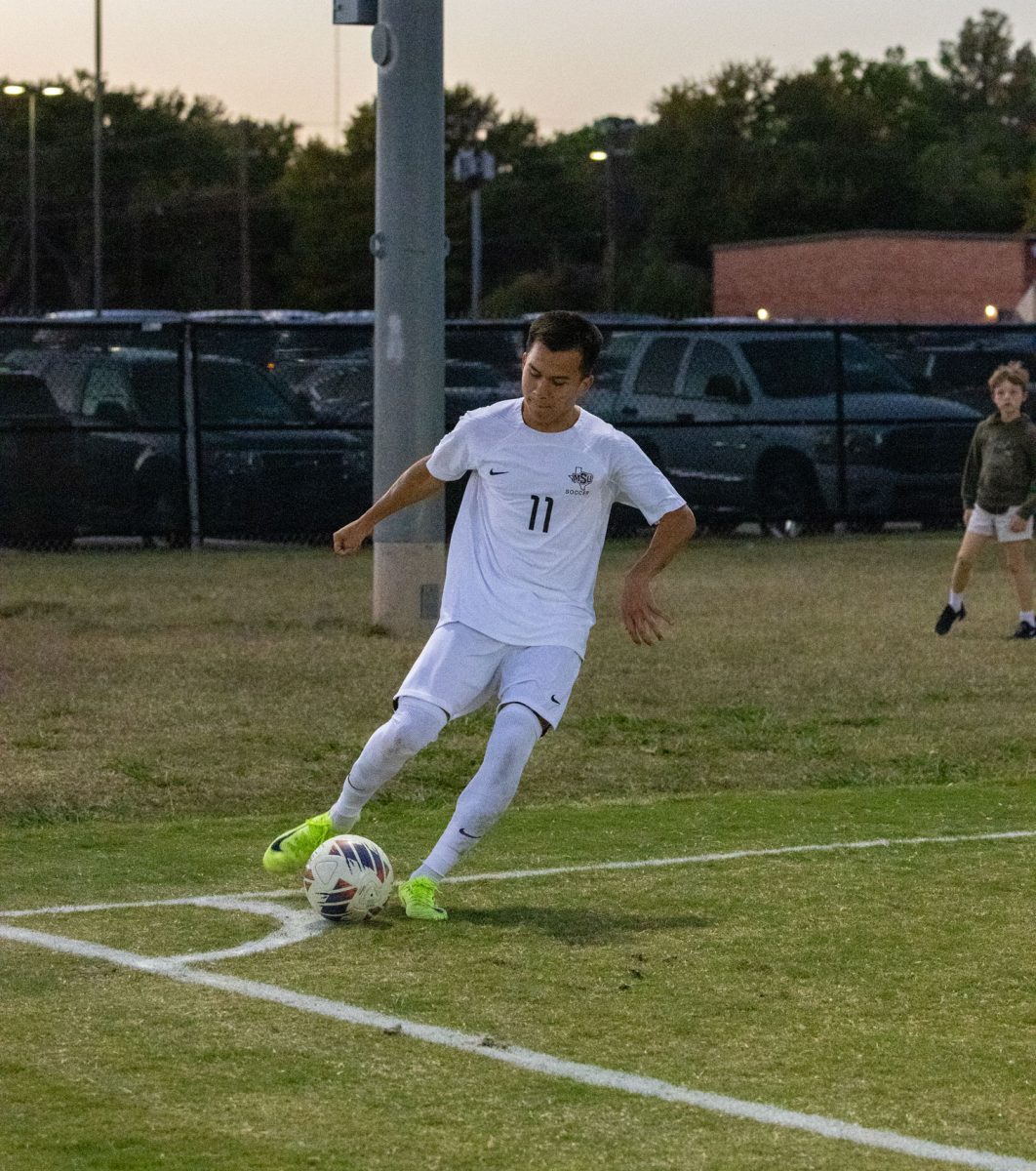Karen Dabney, assistant professor of theater, presented Soldier-Actors, Army Entertainment and the Archive Dilemma, a talk which looked at the implementation of theater in the army, the forgotten history of such programs, and the diminishing presence of theater on army bases at the Faculty Forum on Feb. 13.
Dabney has been researching this topic for four years, traveling to army bases to learn more about the communities. She specifically looked at the years 1983-2013. Though she said she was excited to begin this research, she said the topic was healthy for her, in that it broke down her biases.
“I’m very liberal, so when I went in and saw these things for myself, it helped to break my biases,” she said.
Among the videos Dabney presented, there was a video of U.S. army soldiers in costumes and performing their own choreography. Regardless of the video being an impromptu theater, it was still theater, she said.
“There was a story there, they had characters and costumes,” she said. “It was clearly rehearsed and they had prepared it. It’s theater in a broader sense, where we’re used at looking at very specialized plays and productions.”
Because of this, Dabney had encouraged her theater students to attend. Still, she said she was surprised because she saw other students attend.
“I wanted everyone here to be involved, but at first I could tell a few were disengaged. Once I showed the videos, it surprised some,” she said. “The most important thing is that my enthusiasm showed.”
Dabney’s talk interested Brittany Williams, English sophomore, because she had never attended a Faculty Forum before.
“It was interesting even though theater is not something I’m personally interested in,” Williams said.
Alex Collins, theater performance junior and one of 30 attendees, said the subject isn’t well known.
“She [Dabney] did an outstanding job talking about her research into military theater, which like she said, is an area of theater that’s not as well-known as Broadway is,” Collins said.
Like Collins said, the type of theater presented was not the formal theater students are used to. However, he was still intrigued because it is something he has always paid attention to.
“The Army and the armed forces have always been of interest to me. I knew of some of the history before the forum because we had talked about it in theater history,” he said.
The history presented by Dabney was categorized in two ways: self-produced plays and out-sourced plays. Self-produced plays, she said, are “for the soldier, by the soldier.” This is the title she has given her manuscript on the same subject, which she hopes to publish in the summer. Out-sourced plays are professional actors and by civilians.
Military theater had a large audience in 1973, with 400 theater programs worldwide. As of 2013, there were less than 25 programs, and only six stateside. In Jan. 2017, the number had shrunk to four: Fort Lee, Virginia, Fort Polk, Louisiana, Fort Gordon, Georgia, and Fort Sam Houston, Texas.
“The theater program on bases needs help, it needs resuscitation,” Dabney said. “They’re struggling to grow, because it’s hard to find someone who will stay on the base and who will support the program. I would be interested in getting involved.”
Dabney said this would be hard, as it was difficult to even get men and women on base to talk to her.
“I just don’t know if that kind of support exists,” she said. “If I were to help out, I would be doing the work. I would be educating the people on base about theater, and I’d be educating people who have the power to make decisions.”
Most of the programs have been cancelled because there was not enough funding. There are scattered programs, Dabney said, but they’re trying to stay afloat.
“It’s an outlet that’s needed, these men use it as a coping mechanism,” she said. “There’s just something lovely about the amateurism that they present in front of each other.”
Though there is not much art at the four remaining bases, the programs are looking for a healthy audience. Dabney said she is interested to see the future of army theater.
“The arts shouldn’t die out. There need to be artist educators in the communities,” Dabney said. “I’m curious to see what the future might be.”























Lane Riggs • Feb 16, 2017 at 4:00 PM
I am sorry that the article came across as condescending. As a reporter, I work to keep my opinion out of the piece. And as someone who didn’t know anything about the subject, I definitely had no right to put my opinion in this piece. Therefore, I didn’t.
Thank you for your comment!
Sarah • Feb 16, 2017 at 8:31 AM
Wow, how absolutely condescending. I agree it is important to keep art on military bases. It isn’t just the theater programs, which have been managed by a single non-appropriated funded employee and facility for a long time here at Fort Lee. Funding reductions are also impacting Army Bands. To play devil’s advocate, the Army’s purpose it to train and fight in America’s conflicts and with severely reduced and inflexible funding to do so under sequestration, of course the programs that don’t have a direct impact on that mission will be the first to go. I’m very thankful for the community around Fort Lee, those who contribute and volunteer, to keep these programs thriving. Here, the Theater program is doing well though I think we’d always love a packed audience. I take issue with the tone of the article, however. The actors are soldier and civilian volunteers and all considered amateurs when compared to actors on Broadway, however the productions are far from amateurish. If Broadway is the barometer used for civilian theater across the country, I’m sure they’d be considered amateurish as well. The talent among the artistic, costume, lighting and other volunteer personnel at Fort Lee is amazing – and representative of their decades of experience in the theater. The issue is not one of education – it is one of funding. We need people to convince their lawmakers that “morale and welfare” programs DO directly impact soldiers’ ability to fight America’s wars. When you do that, you won’t have to worry about the future of the program.